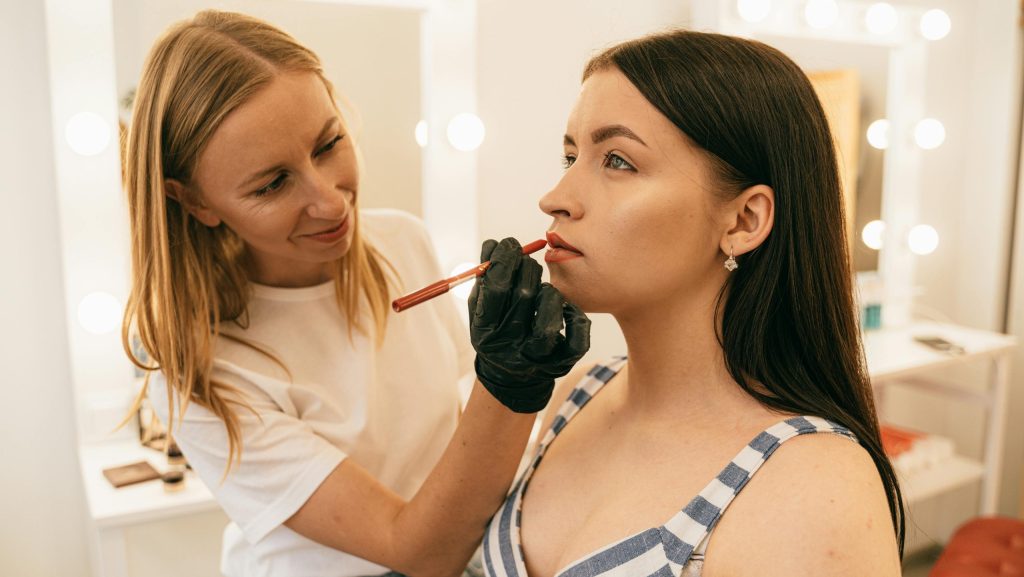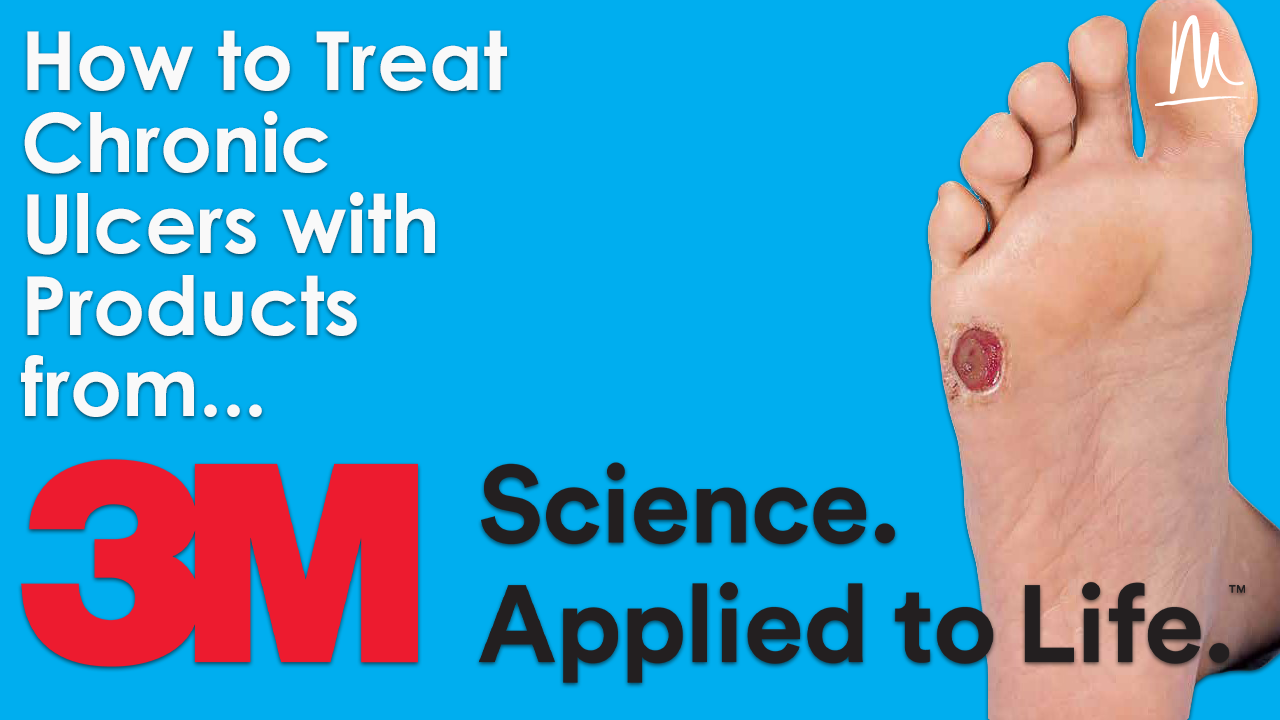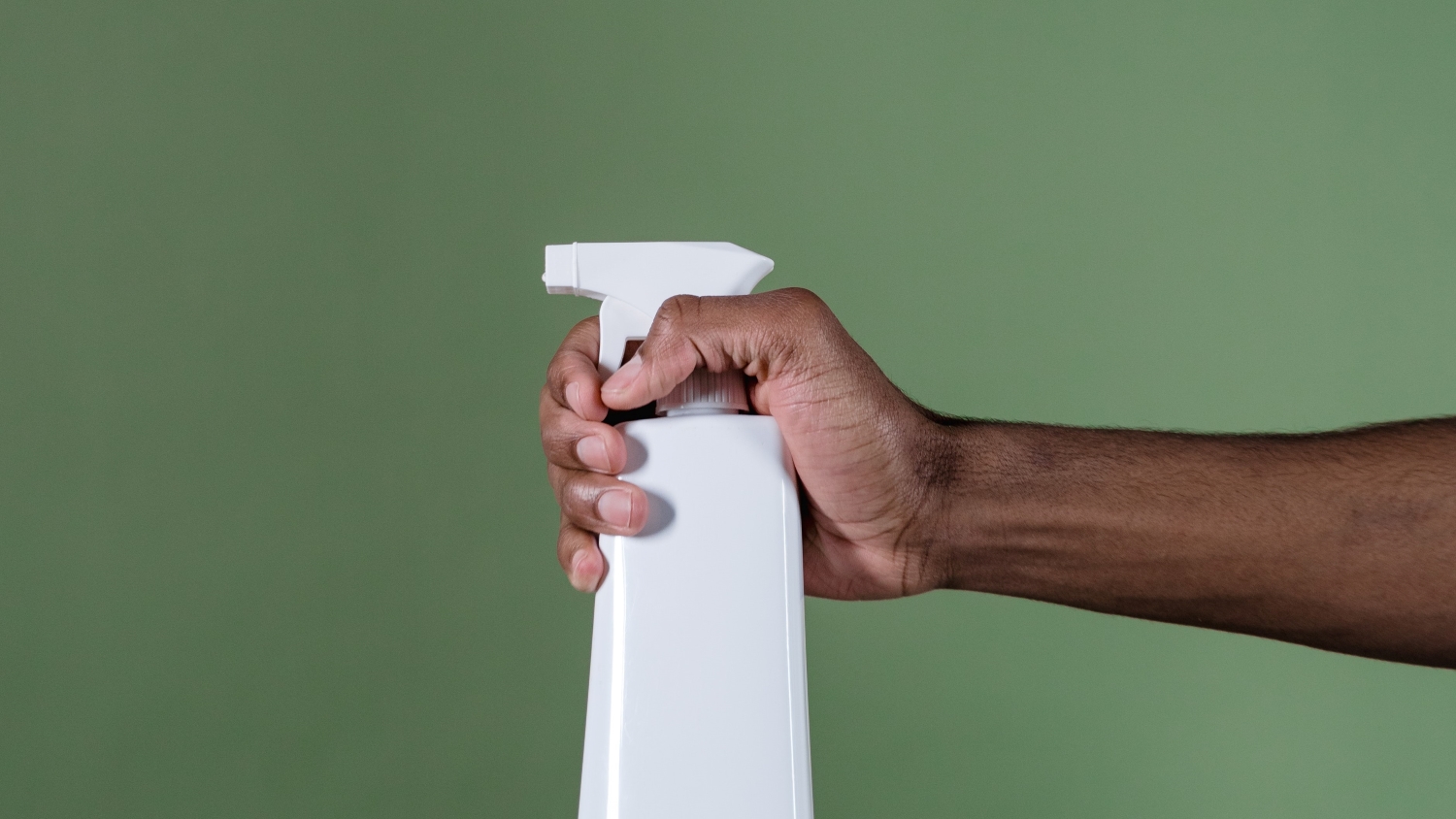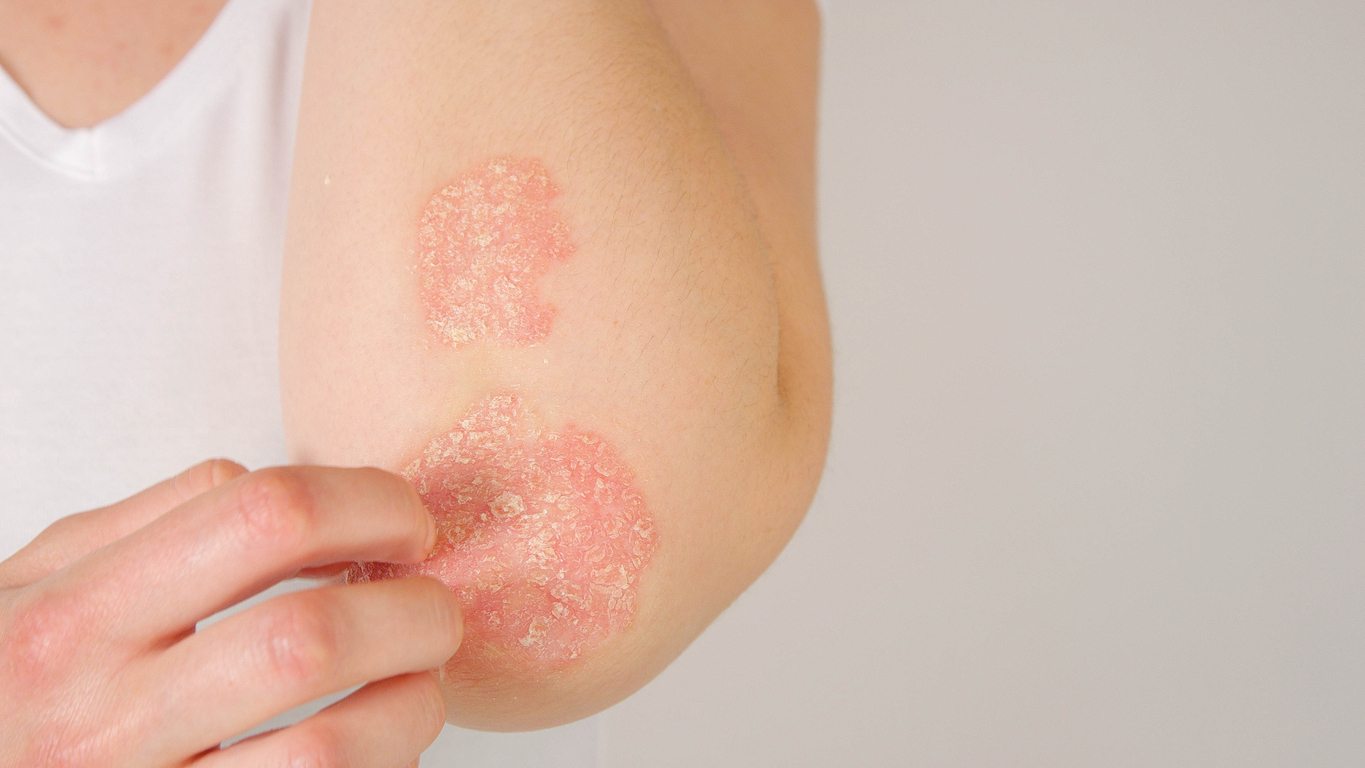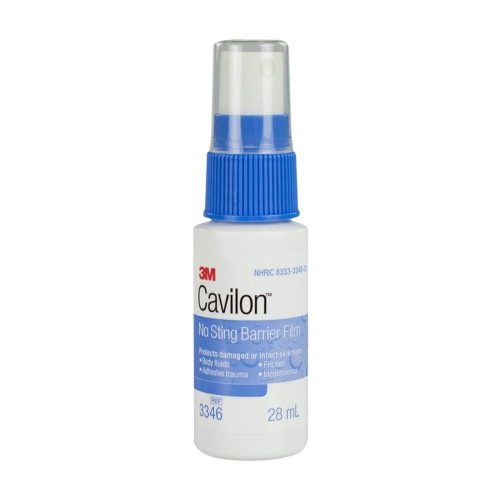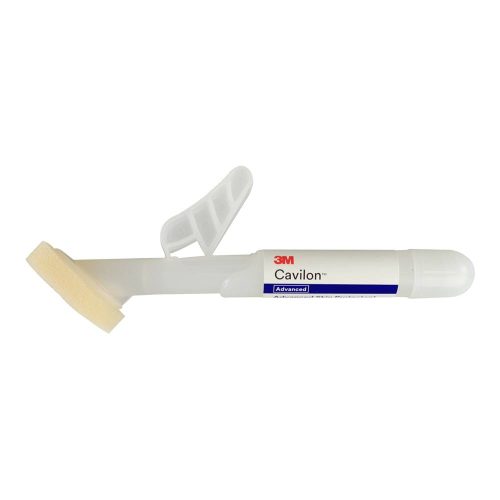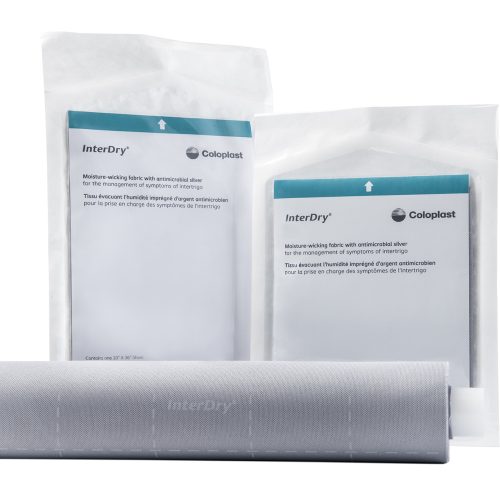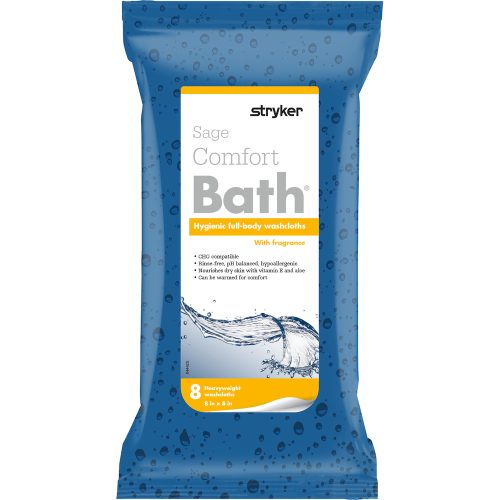Tools, tactics, and best practices
The global instance of surgical site infection (SSI) is 2.5%. That means approximately 2.5% of surgical patients worldwide develop an infection, which has a serious, negative effect on patient health and outcomes.
Fortunately, often, SSIs can be prevented by adhering to standard best practices, both pre- and post-operation. Prior to surgery (or to any medically necessary incision or injection) best practices include skin prep.
What Is Surgical Skin Preparation?
Surgical skin preparation is a series of procedures that prepare the surgical site for safe incision, to reduce or eliminate the risk of surgical site infection. It’s particularly crucial for gut or abdominal surgeries, as those regions of the body have higher concentrations of infectious pathogens. In general, skin preparation involves cleaning the skin and removing hair.
What Are The Best Gloves To Wear During Surgical Skin Prep?
The best medical gloves are durable and antimicrobial. They resist punctures, tears, and the accumulation of bacteria or pathogens. Medical gloves should be flexible enough to not restrain dexterity, offer good grip strength, and provide decent tactile feedback.
Nitrile gloves, like Dynarex Safe-Touch Blue Nitrile Exam Gloves, are more durable and damage-resistant than vinyl gloves. However, vinyl gloves are less expensive. Certain vinyl gloves, like Dynarex Safe-Touch Powder Free Vinyl Exam Gloves, are designed for enhanced tactile sensitivity.
What Are The Best Antiseptic Agents To Prep Skin For Surgery?
Antiseptic agents are used to cleanse skin prior to incision or puncture, removing and killing any bacteria, fungi, or pathogens.
There are four types of antiseptic agents:
- Alcohol-based solutions
- Iodophors
- Ammonium compounds
- Chlorhexidine gluconate (CHG)
- Combination solutions
Alcohol vs Chlorhexidine Gluconate (CHG)
There are also agents combining multiple antiseptic products. Ethyl and isopropyl alcohol solutions are often recommended, unless they’re specifically contraindicated.
Alcohol-based antiseptics cannot be used safely on mucous membranes, burns, or chapped or broken skin. In those cases, chlorhexidine gluconate (CHG) is recommended. In certain studies, CHG demonstrated equally effective antiseptic properties as isopropyl alcohol.
Iodophors, Benzalkonium Not Recommended
Surgical studies demonstrate CHG is considerably more effective than chloroxylenol. It also has a stronger and longer-lasting antiseptic effect than either benzalkonium or povidone-iodine.
As such, Iodophors and ammonium compounds (like benzalkonium) are the last-choice options. Although they kill bacteria and viruses, they don’t last very long. Moreover, iodophors’ antiseptic effects can be neutralized by blood and organic matter.
WHO Advisory: Chlorhexidine Skin Prep For Surgery Is Best Combined With Alcohol
The World Health Organization advises practitioners to use a combination, alcohol-based chlorhexidine (CHG) solution to prepare skin for surgery. The only exception is in cases where alcohol-based solutions are otherwise contraindicated.
Combination agents reduce the risk of surgical site infections more effectively than either alcohol-based or chlorhexidine solutions alone. Combination solutions kill more pathogens, and they maintain a longer antimicrobial effect, than either option by itself.
How To Enact Best-Practice Surgical Skin Prep Technique, Step-By-Step
The Association of periOperative Registered Nurses (AORN) has published guides to best practices for pre-surgical skin preparation. You can read the professional group’s guides in full here and here.
We strongly recommend studying technical guides in-depth. The following is simply a summary of the best-practice technique described by AORN.
1. Assess Patient Before Choosing Antiseptic
Before choosing an antiseptic, assess the condition of the patient’s skin and the surgical site. See if the site is burned, if it is near mucosa, or if it’s otherwise broken in a way that contraindicates the use of an alcohol-based antiseptic. Also, factor in the antiseptic’s mandatory dry time.
Determine if the patient has allergies to any antiseptic agents, or to any materials like latex. Given these considerations, choose the best antiseptic agents and cleansing tools for the job.
For the sake of clarity, it is useful to choose a dyed antiseptic, which is visible on the patient’s skin throughout the procedure.
2. Use Standardized Cleaning Protocols
Outside of emergency surgery, standard pre-surgical protocols typically require that the patient take a general, pre-operative bath, using soap or antiseptic.
After the bath, remove hair as necessary. However, limit hair removal to the extent possible, to reduce skin irritation. Hair should be removed before the patient is in the OR, to reduce the risk of loose, airborne hairs.
Cleaning protocols may require targeted Staphylococcus aureus (S. aureus) decolonization. Implement targeted procedures if there is a reasonable risk of staph colonization on the patient’s skin. This cleanse is prior to the application of antiseptic.
3. Apply Antiseptic
Apply the antiseptic in great enough quantities to be effective. Follow the manufacturer’s guidelines if using applicator products. Ensure antiseptic is applied early enough that antiseptic will dry before incision.
Use sterile antiseptic application techniques. Use appropriate gloves. Begin application at the center of the incision point, then move outward.
4. Monitor
Monitor the patient to make sure the antiseptic adequately covers the area without triggering an adverse reaction. Also, monitor any inadvertent, excess antiseptic, to ensure it does not dangerously drip or pool.
Shop Surgical Site Preparation Supplies At Medical Monks
Safe, effective pre-surgical skin preparation is simple with Medical Monks. We keep our store well-stocked with a wide range of medical skin prep, sanitation, and surgical care products.
Shop now for the surgical skin prep option that’s right for you. If you need assistance, please reach out! Our team is happy to assist you by chat online, or by phone at 844-859-9400.

The MEDICAL MONKS STAFF brings to the table decades of combined knowledge and experience in the medical products industry.
Edited for content by JORDAN GAYSO.
